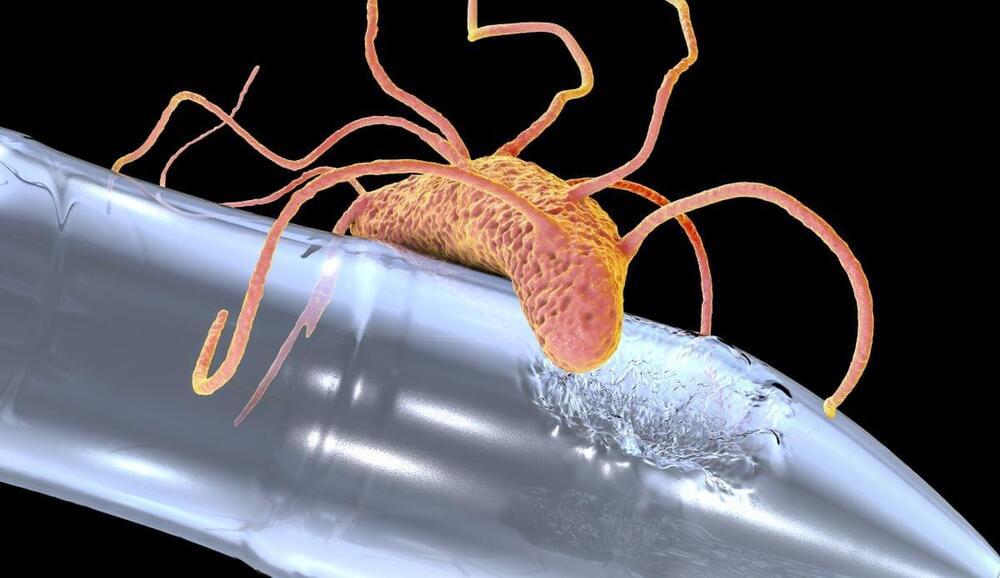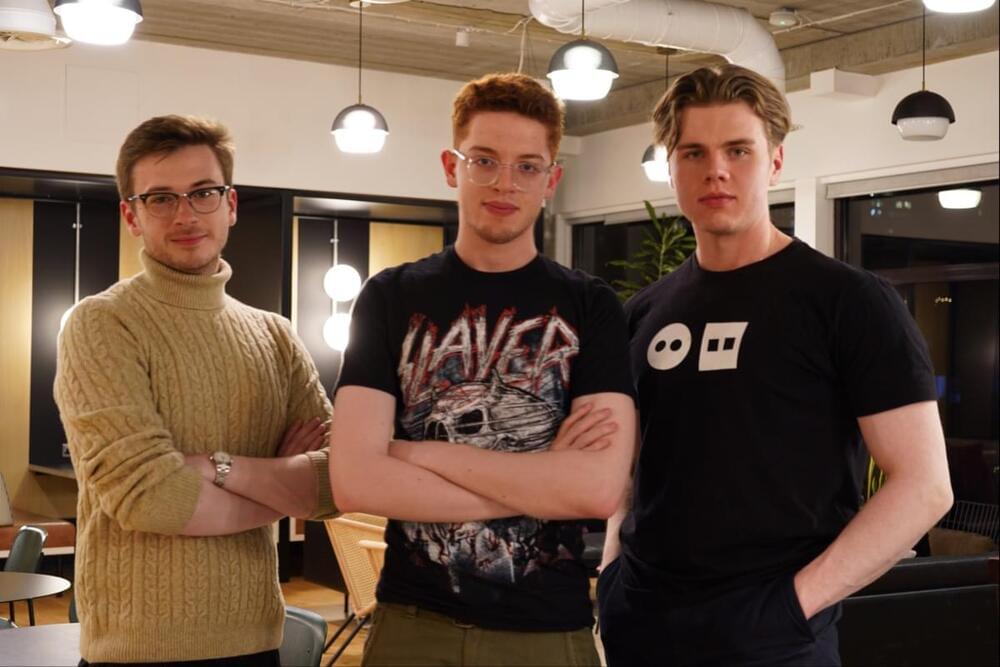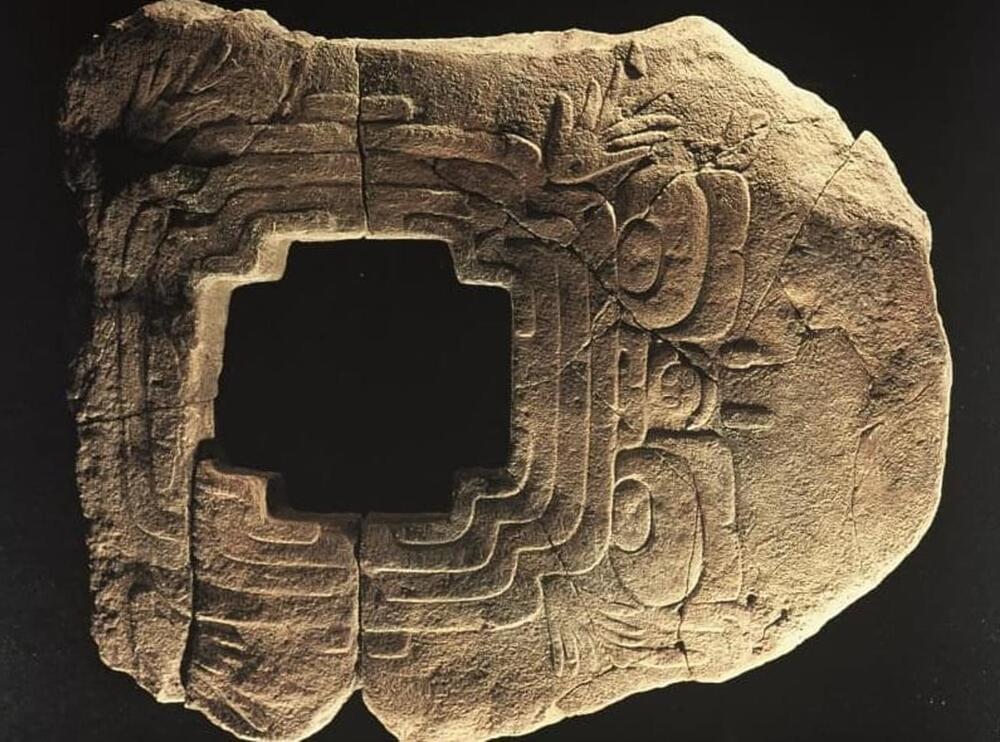😗😁
After 70 years of fits and starts, is the long-promised nozzle design a reality at last?
😗😁
After 70 years of fits and starts, is the long-promised nozzle design a reality at last?

Year 2022 o.o!!!
From ocean depths to mountain peaks, humans have littered the planet with tiny shards of plastic. We have even absorbed these microplastics into our bodies—with uncertain implications.
Images of plastic pollution have become familiar: a turtle suffocated by a shopping bag, water bottles washed up on beaches, or the monstrous “Great Pacific Garbage Patch” of floating detritus.
Millions of tonnes of plastic produced every year, largely from fossil fuels, make their way into the environment and degrade into smaller and smaller pieces.

Year 2022 😗😁
Discover how plastic-eating bacteria were discovered and re-engineered to help tackle the worlds plastic problem.

Sign in to check out what your friends, family & interests have been capturing & sharing around the world.

While OpenAI launched an official ChatGPT app for iOS, most of the AI-powered chatbots are still best accessible through the web. And that’s why browsers are stepping up to integrate AI-aided features within their apps. LocalGlobe-and Y Combinator-backed web browser startup SigmaOS launched its own AI assistant on Thursday to a limited set of people.
The company says that the unique thing about Airis, its AI assistant, is that understands a page’s context and gives you answers based on that. Here’s a good example: if you are reading about Manchester United, ask Airis to explain “United” or ask questions about it, the bot understands that you are asking about the football team and not just the word.

Dumme, a startup putting AI to practical use in video editing, is already generating demand before opening up to the public. The Y Combinator-backed company has hundreds of video creators testing its product, which leverages AI to create short-form videos from YouTube content, and a waitlist of over 20,000 pre-launch, it says. Using a combination of both proprietary and existing AI models, Dumme’s promise is that it can not only save on editing time but also — and here’s its big claim — do a better job than the contracted (human) workforce who is often tasked with more menial video editing jobs, like cutting down long-form content for publication on short-form platforms like YouTube Shorts, TikTok or Instagram Reels.
Founded in January 2022 and a participant in startup accelerator Y Combinator’s Winter 2022 program, Dumme co-founder and CEO Merwane Drai said he was originally focused on building a search engine for video. But around six months ago, the team realized that a better product might be to repurpose the same AI models they were developing to edit video clips instead.
Joined by co-founders Will Dahlstrom (CPO) and Jordan Brannan (CTO), all with AI backgrounds, Drai realized Dumme may have landed on the right product-market fit after their app went viral, crashing their servers.

The journey will take place in 2028.
On Friday, Scandinavian Airlines (SAS) started taking bookings for its first-ever commercial flights on electricity-powered planes set to take flight in 2028. This is according to a press release by the firm.
At noon central European time, the airline opened registration for 30 seats on one of its three all-electric inaugural flights.
SAS
This is according to a press release by the firm.
“This tool will eventually enable developers to import detailed objects — whether small statues or massive buildings — into virtual environments for video games or industrial digital twins.”
Artificial intelligence (AI) company and chip manufacturer Nvidia announced the latest AI tool in its army of models.
Neuralangelo is an AI model that turns 2D video clips into detailed 3D structures. It uses neural networks for 3D reconstruction, generating life-like virtual replicas of buildings, sculptures, and other real-world objects.

On Monday, Apple is more than likely going to reveal its long-awaited augmented or mixed reality Reality Pro headset during the keynote of its annual WWDC developer conference in California. It’s an announcement that has been tipped or teased for years now, and reporting on the topic has suggested that at various times, the project has been subject to delays, internal skepticism and debate, technical challenges and more. Leaving anything within Apple’s sphere of influence aside, the world’s overall attitude toward AR and VR has shifted considerably — from optimism, to skepticism.
Part of that trajectory is just the natural progression of any major tech hype cycle, and you could easily argue that the time to make the most significant impact in any such cycle is after the spike of undue optimism and energy has subsided. But in the case of AR and VR, we’ve actually already seen some of the tech giants with the deepest pockets take their best shots and come up wanting — not for lack of trying, but because of limitations in terms of what’s possible even at the bleeding edge of available tech. Some of those limits might actually be endemic to AR and VR, too, because of variances in the human side of the equation required to make mixed reality magic happen.
The virtual elephant in the room is, of course, Meta. The name itself pretty much sums up the situation: Facebook founder Mark Zuckerberg read a bad book and decided that VR was the inevitable end state of human endeavor — the mobile moment he essentially missed out on, but even bigger and better. Zuckerberg grew enamored by his delusion, first acquiring crowdfunded VR darling Oculus, then eventually commandeering the sobriquet for a shared virtual universe from the dystopian predictions of a better book and renaming all of Facebook after it.

😗😁 Very interesting findings around the olmec statues.
In a March 31 tweet confirming its recovery, Ebrard referred to the massive stone carving as “the Olmec piece most sought after by Mexico. … It’s about to return to its home, from where it should never have been stolen.”
Mexican officials found out earlier this year that the Manhattan District Attorney’s Antiquity Trafficking Unit had recovered the piece, which is roughly five feet wide, six feet tall and carved out of a slab of stone weighing nearly one ton.
The DA’s office formed the unit in 2017 to deal with the nonstop trade of stolen antiquities from historic sites around the globe. A 2021 article in The Atlantic referred to the unit as the “Tomb Raiders of the Upper East Side.”